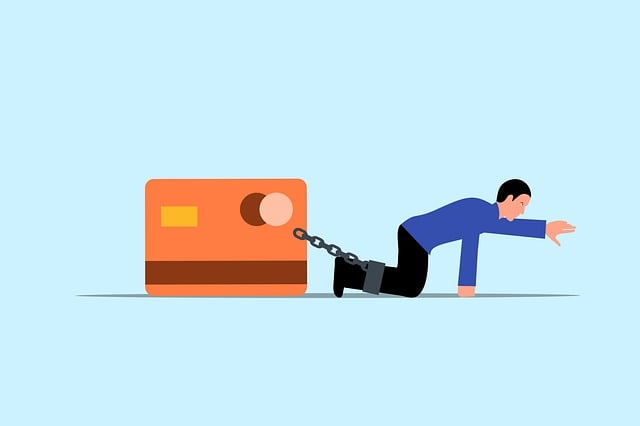Title loan debt settlement involves addressing default through proactive communication with lenders. Options include restructuring loan terms like extending periods or lowering interest rates, and refinancing into lower-interest loans secured by assets. Lenders may negotiate a settlement agreement, allowing borrowers to manage their outstanding balance with more affordable terms, saving on interest and fees while regaining financial control.
Facing default on a title loan can be stressful, but understanding your options is key. This guide breaks down the process of settling title loan debt after default, providing clarity and guidance. We explore common scenarios leading to default, along with strategies for negotiating a settlement agreement that could save you money and alleviate financial strain. Learn about the steps involved in resolving this type of debt, empowering you to make informed decisions.
- Understanding Title Loan Debt Default
- Options for Debt Settlement After Default
- Negotiating a Settlement Agreement
Understanding Title Loan Debt Default

When it comes to understanding Title Loan Debt Default, it’s crucial to grasp that this occurs when a borrower fails to repay their loan according to the agreed-upon loan terms. These loans, often referred to as title loans, are secured by the borrower’s vehicle title, offering a quick approval process for emergency funding. However, if repayment isn’t made on time, it can lead to significant financial consequences. The lender has the right to repossess the vehicle and sell it to recover the outstanding debt.
A default situation can arise due to various reasons such as job loss, unexpected expenses, or simply misjudging one’s ability to repay. Once a borrower defaults, they should immediately reach out to their lender to explore title loan debt settlement options. This may involve renegotiating terms, extending the loan period, or discussing alternative repayment plans to avoid repossession and further financial strain.
Options for Debt Settlement After Default

After defaulting on a title loan, individuals often wonder about their options for debt settlement. It’s important to know that while each situation is unique, several strategies can be employed to resolve this financial burden. One common approach is negotiation with the lender to restructure the loan terms, which may involve extending the repayment period or reducing interest rates. This negotiation process requires understanding your rights and being prepared to present a compelling case for a settlement.
Another option for title loan debt settlement is refinancing. Refinancing involves taking out a new loan at a lower interest rate, which can significantly reduce monthly payments and the overall cost of borrowing. Secured loans, such as those backed by real estate or vehicles, may offer more favorable terms compared to unsecured titles loans. This alternative allows borrowers to regain control over their finances and work towards complete payoff (loan payoff) without facing the potential consequences of default.
Negotiating a Settlement Agreement

When a borrower defaults on their title loan payments, the lender may initiate negotiations for a debt settlement agreement. This process allows borrowers to resolve their outstanding balance with more manageable terms, often leading to significant savings in interest and fees. A settlement agreement is mutually beneficial—it provides relief for the borrower overwhelmed by debt and offers the lender an alternative to repossession or legal action.
During negotiations, borrowers can leverage the value of their vehicle collateral to secure a lower settlement amount. With proper financial assistance, they may be able to structure payments that align with their budget, enabling them to regain control over their finances. The key is to remain proactive and communicate openly with the lender to explore available options for title loan debt settlement.
When facing default on a title loan, understanding your options for debt settlement is crucial. This article has outlined the process, from recognizing default to negotiating a settlement agreement. By exploring these strategies, you can take control and potentially resolve your title loan debt more effectively. Remember, timely action and open communication with lenders are key to mitigating financial burdens associated with title loan defaults.






